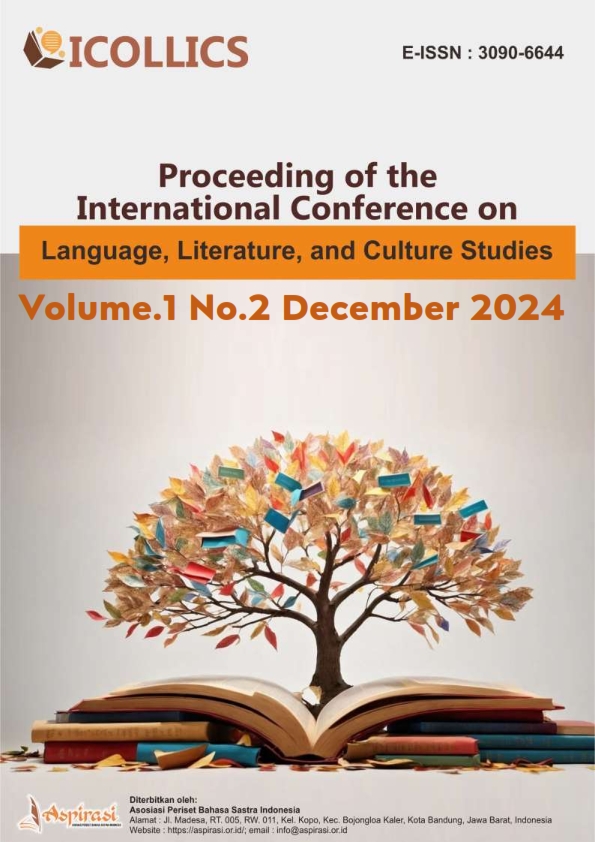The Impact of Digital Media on Language Evolution in The 21st Century
Keywords:
digital media, language evolution, sociolinguistics, online discourse, neologismsAbstract
The rapid development of digital media has significantly influenced the evolution of language in the 21st century. This study explores the impact of digital communication, including social media, memes, and online discourse, on linguistic changes such as neologisms, syntactic shifts, and informal language use. Using a sociolinguistic and discourse analysis approach, the findings of this study show that digital media accelerates language evolution by facilitating the rapid formation of new words and global linguistic trends.
References
Androutsopoulos, J. (2006). Multilingualism, diasporas and the internet: Codes and identities on German-based diaspora websites. Journal of Sociolinguistics, 10(4), 520-547.
Androutsopoulos, J. (2011). Language change and digital media: A review of conceptions and evidence. In N. Coupland (Ed.), The handbook of language and globalization (pp. 673-692). Wiley-Blackwell.
Androutsopoulos, J. (2011). Language change and digital media: A review of converging trends. In T. Kristiansen & N. Coupland (Eds.), Standard languages and language standards in a changing Europe (pp. 255-278). Novus Press.
Baron, N. S. (2003). Instant messaging and the future of language. Communications of the ACM, 46(7), 29-31.
Baron, N. S. (2008). Always on: Language in an online and mobile world. Oxford University Press.
Blommaert, J. (2010). The sociolinguistics of globalization. Cambridge University Press.
Boyd, D. (2014). It's complicated: The social lives of networked teens. Yale University Press.
Crystal, D. (2001). Language and the internet. Cambridge University Press.
Crystal, D. (2006). Language and the internet (2nd ed.). Cambridge University Press.
Crystal, D. (2011). Internet linguistics: A student guide. Routledge.
Danesi, M. (2016). The semiotics of emoji: The rise of visual language in the age of the internet. Bloomsbury Publishing.
Gee, J. (2015). Literacy and education. Routledge.
Herring, S. C. (2003). Media and language change: How the internet is affecting language use. Annual Review of Applied Linguistics, 23, 13-29.
Herring, S. C. (2013). Discourse in Web 2.0: Familiar, reconfigured, and emergent. Discourse Studies, 15(5), 529-548.
Kachru, B. B. (2005). Asian Englishes: Beyond the canon. Hong Kong University Press.
Kress, G. (2010). Multimodality: A social semiotic approach to contemporary communication. Routledge.
Labov, W. (1994). Principles of linguistic change, volume 1: Internal factors. Blackwell.
Paolillo, J. (2001). Language variation on Internet Relay Chat: A social network approach. Journal of Sociolinguistics, 5(2), 180-213.
Tagliamonte, S., & Denis, D. (2008). Linguistic ruin? LOL! Instant messaging and teen language. American Speech, 83(1), 3-34.
Thurlow, C. (2006). From statistical panic to moral panic: The metadiscursive construction and popular exaggeration of new media language in the print media. Journal of Computer-Mediated Communication, 11(3), 667-701.
Thurlow, C., & Mroczek, K. (2011). Digital discourse: Language in the new media. Oxford University Press.
Zappavigna, M. (2012). Discourse of Twitter and social media: How we use language to create affiliation on the web. Bloomsbury Publishing.






